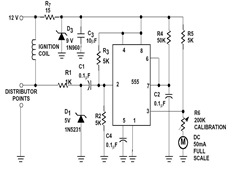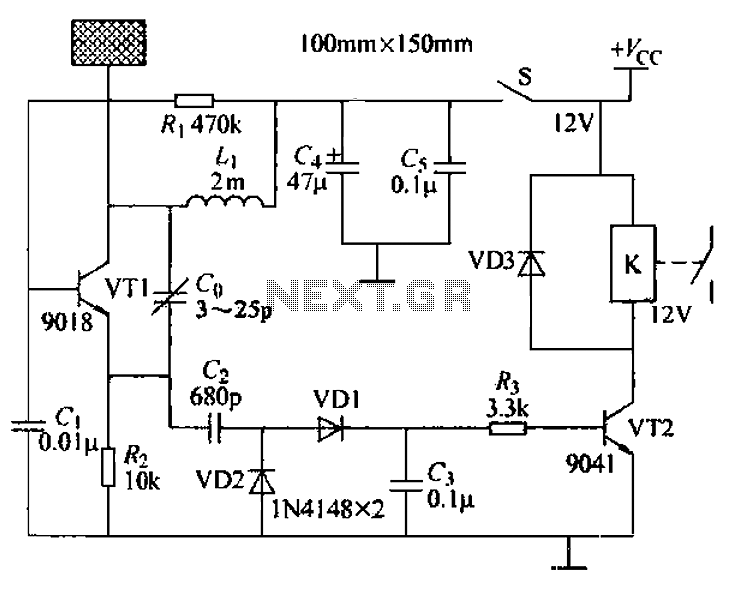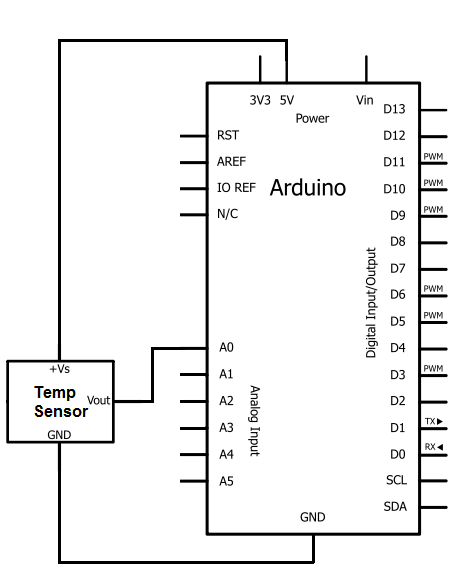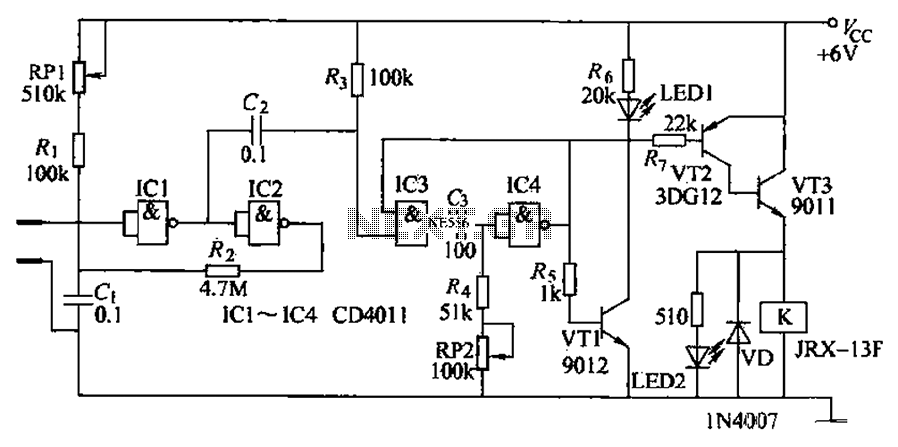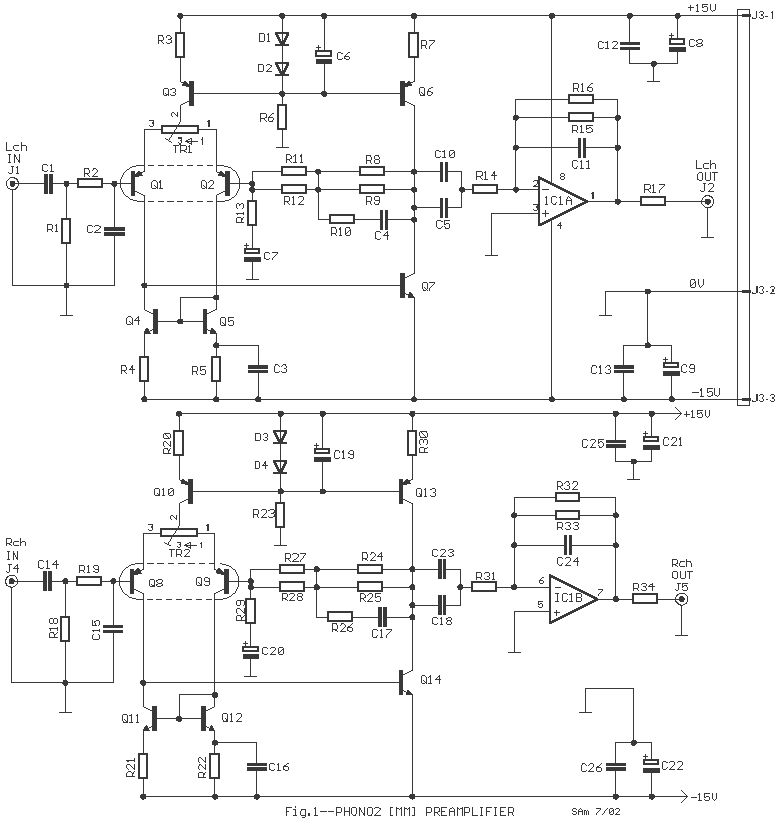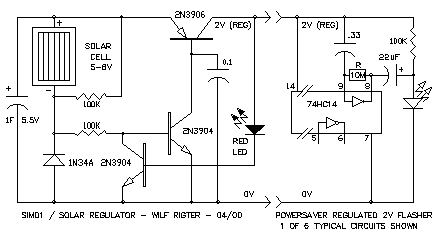
400w mosfet amplifier circuit schematic
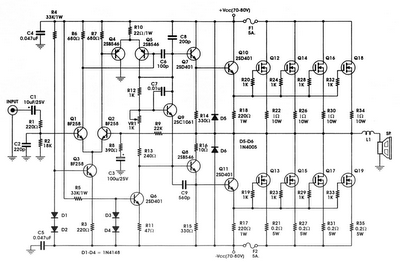
The circuit incorporates components Q, C, and ZD, which are responsible for the bias and buffer stages. Its primary objective is to ensure stable MOSFET gate operation and provide an offset voltage through a voltage buffer amplifier stage with high resource capacity. The absence of proper phase response and the adverse effects of slew rate can significantly degrade performance. Furthermore, this stage introduces an additional dominant pole in the amplifier feedback loop. As indicated by its name, this stage converts the voltage developed in the voltage amplification stage (VAS) and supplies the necessary current to drive loads of 8 or 4 ohms. Loads of 2 ohms can be managed for limited durations. Testing has demonstrated the capability of handling more than 1600 watts RMS at 2 ohms, although prolonged exposure at this level is not advisable. The power specifications for this amplifier suggest a maximum of 800 watts for the AV amplifier. Key components include a toroidal transformer rated at 1 kVA, with primary windings designed for compatibility.
The circuit employs a combination of transistors, capacitors, and Zener diodes to establish a robust biasing and buffering mechanism essential for the operational stability of MOSFET gates. The biasing circuit is critical in maintaining the appropriate gate voltage, which directly influences the switching characteristics and overall efficiency of the MOSFETs. The inclusion of capacitors serves to filter out noise and stabilize the voltage levels, while Zener diodes provide voltage regulation, ensuring that the gate voltage remains within specified limits.
The feedback loop design is crucial for maintaining linearity and minimizing distortion. The introduction of a dominant pole is a strategic choice to enhance stability, preventing oscillations that can arise from high-frequency response. This design consideration is particularly important in high-power applications where transient response and signal integrity are paramount.
In terms of load handling, the circuit is designed to accommodate varying impedances, making it versatile for different speaker configurations. The ability to drive 2-ohm loads, albeit temporarily, showcases the amplifier's robustness. However, caution is advised against extended operation at high power levels to prevent thermal overload and potential damage to the components.
The power supply section, featuring a toroidal transformer, is optimized for efficiency and low electromagnetic interference. The transformer’s 1 kVA rating indicates its capability to handle significant power demands while maintaining stable output voltage levels. The design of the primary windings is tailored to ensure compatibility with the overall circuit, allowing for effective energy transfer and minimal losses.
Overall, this circuit design exemplifies a well-engineered approach to high-power amplification, balancing performance with reliability through careful component selection and circuit topology.As the name suggests All Q, C and ZD the Bias and buffer phases. Its main goal is to provide a stable MOSFET Gates and offset voltage and the voltage buffer amplifier stage of the High Resource capacity. What would have without the phase response and the effect Slew rate is indeed very bad. The flip side of the coin is not the extra step Introduct ion of an additional dominant pole in the amplifier feedback loop. Also to what the name suggests this stage converts the voltage developed in the VAS and provides all the amps required to drive at 8 or 4 ohms. 2-ohm loads are possible for several minutes at a time. In fact, I have tested more than 1600 1kW amplifier Watts RMS at 2 ohms. But that would not be recommended as a long-term exposure at all. If it is higher than the figures of the STI-amp. Power to the AV amplifier 800 The components of the power for this amplifier are as follows, and are favored A channel or a power module alone.
1 toroidal transformer with a rating of 1kVA. Primary windings are made to fit 🔗 External reference
The circuit employs a combination of transistors, capacitors, and Zener diodes to establish a robust biasing and buffering mechanism essential for the operational stability of MOSFET gates. The biasing circuit is critical in maintaining the appropriate gate voltage, which directly influences the switching characteristics and overall efficiency of the MOSFETs. The inclusion of capacitors serves to filter out noise and stabilize the voltage levels, while Zener diodes provide voltage regulation, ensuring that the gate voltage remains within specified limits.
The feedback loop design is crucial for maintaining linearity and minimizing distortion. The introduction of a dominant pole is a strategic choice to enhance stability, preventing oscillations that can arise from high-frequency response. This design consideration is particularly important in high-power applications where transient response and signal integrity are paramount.
In terms of load handling, the circuit is designed to accommodate varying impedances, making it versatile for different speaker configurations. The ability to drive 2-ohm loads, albeit temporarily, showcases the amplifier's robustness. However, caution is advised against extended operation at high power levels to prevent thermal overload and potential damage to the components.
The power supply section, featuring a toroidal transformer, is optimized for efficiency and low electromagnetic interference. The transformer’s 1 kVA rating indicates its capability to handle significant power demands while maintaining stable output voltage levels. The design of the primary windings is tailored to ensure compatibility with the overall circuit, allowing for effective energy transfer and minimal losses.
Overall, this circuit design exemplifies a well-engineered approach to high-power amplification, balancing performance with reliability through careful component selection and circuit topology.As the name suggests All Q, C and ZD the Bias and buffer phases. Its main goal is to provide a stable MOSFET Gates and offset voltage and the voltage buffer amplifier stage of the High Resource capacity. What would have without the phase response and the effect Slew rate is indeed very bad. The flip side of the coin is not the extra step Introduct ion of an additional dominant pole in the amplifier feedback loop. Also to what the name suggests this stage converts the voltage developed in the VAS and provides all the amps required to drive at 8 or 4 ohms. 2-ohm loads are possible for several minutes at a time. In fact, I have tested more than 1600 1kW amplifier Watts RMS at 2 ohms. But that would not be recommended as a long-term exposure at all. If it is higher than the figures of the STI-amp. Power to the AV amplifier 800 The components of the power for this amplifier are as follows, and are favored A channel or a power module alone.
1 toroidal transformer with a rating of 1kVA. Primary windings are made to fit 🔗 External reference
